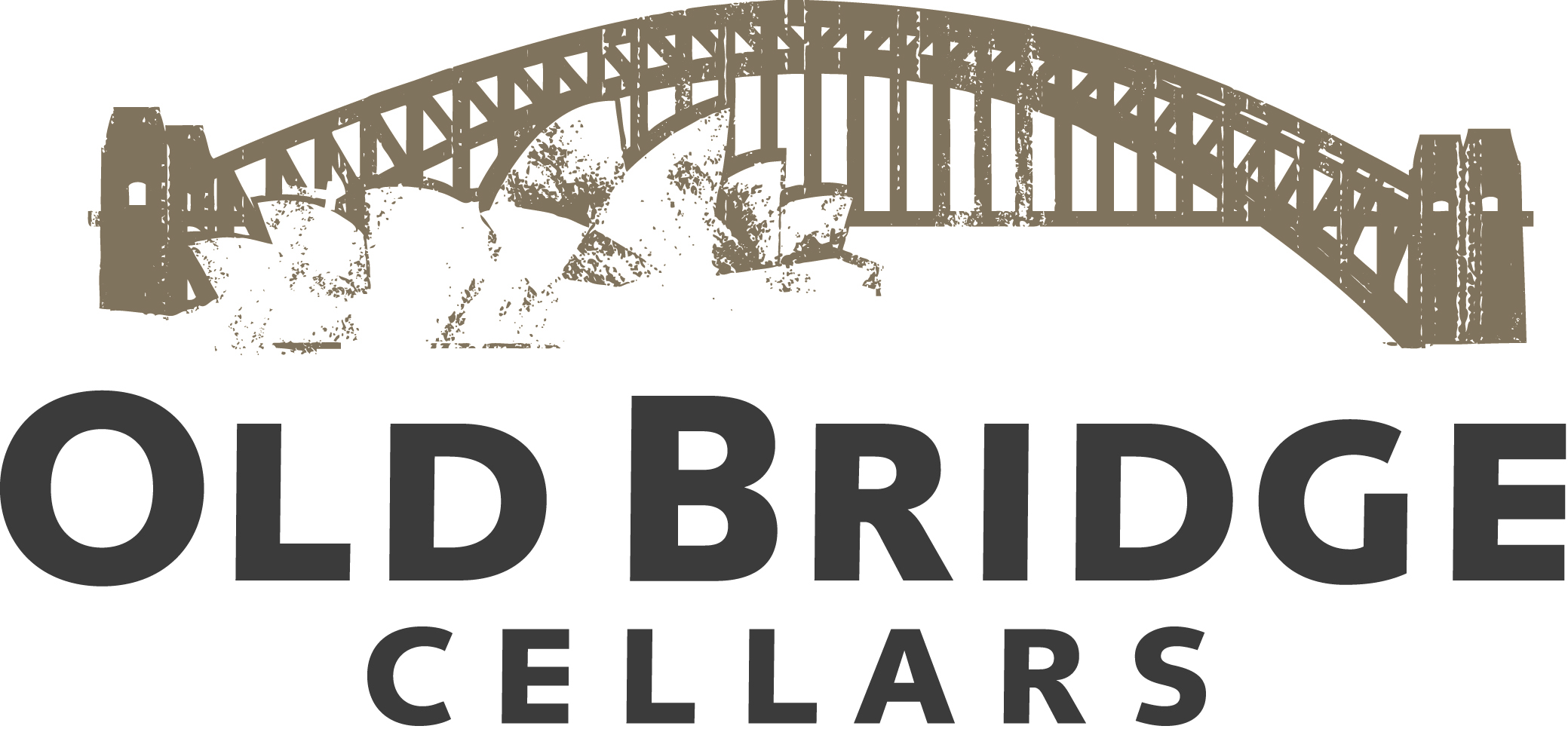Bloomberg
October 6, 2013
By Elin McCoy
Australian winemaker Chester Osborn, just back from China, is wearing a loud, colorful shirt featuring an electric purple paisley pattern. The fourth-generation owner of d’Arenberg winery in McLaren Vale, 30 kilometers (18 miles) south of Adelaide, is known for his flamboyant attire, market savvy and giving his 60-odd wines quirky names like ‘The Dead Arm’ and ‘The Vociferate Dipsomaniac.’
A couple of years ago, the 51-year-old started ‘de-constructing’ The Dead Arm, his flagship shiraz, for his Amazing Sites project. The wine is a blend from many shiraz vineyards. Osborn took some of the wine from each top plot of land and bottled each as a single vineyard wine.
At a crowded pan-Australia tasting in Adelaide, he tells me, “The idea is to capture the essence of each patch of dirt in a separate wine.”
These single vineyard bottlings reflect Australia’s new obsession with terroir and are more proof that the country’s complex geology and ancient soils can make compelling wines with a sense of place.
That’s hardly the image most drinkers have of Australian wine, which has been on a boom-and-bust roller coaster for the last decade. Exports rose rapidly to A$3 billion ($2.8 billion) in 2007, then fell to A$1.8 billion last year, according to trade organization Wine Australia.
Blame critter wines, fruit bombs and the global financial crisis. The ubiquitous Yellow Tail brand and its appealing wallaby label which debuted in 2001, inspired the animal fad and gave Aussie wine the low-end image of cheerful plonk with zero individuality. At the other end were expensive high-octane, super-oaky, jammy shirazes that wine critic Robert Parker rewarded with high scores. Many seemed indistinguishable from one another and fell victim to a shift in consumer tastes. Call it fruit bomb fatigue. Those looking for big reds at reasonable prices moved on to Argentine malbec. People forgot that Australia is an entire continent with more than 60 regions and hundreds of producers making steadily-improving, diverse and sometimes truly great reds and whites.
The GFC didn’t help, nor have the gyrations of the exchange rate. In 2001, the Aussie dollar was worth an average 48 cents; now it’s about 94 cents. There have also been problems with drought, bush fires, kangaroos and heavy rain in 2011, making the vintage one of the wettest ever.
“The downturn was my opportunity to start Amazing Sites,” said Osborn. “I’d fermented all the vineyard parcels of shiraz for The Dead Arm separately from its first vintage in 1994, but the wine was so popular I couldn’t spare any.”
When demand slowed, he decided to bottle bits from sites he considered distinctive in quantities of 200 cases — three bottlings in the 2009 vintage and 12 in 2010. Later this year, he’ll release 13 different 2011s at US$85 each. All are made the same way, he says, with foot-trodden grapes (Osborn occasionally jumps in too) and aged in barrels for 20 months. Most of them are from vineyards surrounding the winery in the ‘Beautiful View’ sub-region, and cooled by the Gulf of St. Vincent six kilometers away.
On my visit to the property Osborn’s 86-year-old father, known as d’Arry, fills me in on the winery’s 101-year history as we take a dirt path to the plot of 45-year-old shiraz vines that gave its flagship earthy red, The Dead Arm ($65) its name. Because of a crippling disease called Eutypa lata, most vines have only one shoot — or arm — growing from the trunk. Some of the grapes, he says, now go into Amazing Site wine The Vociferate Dipsomaniac.
Hardy Dorper sheep bleating in a nearby field do weed patrol. The winery uses no fertilizers, herbicides or pesticides in its 500 acres of vineyards. That, says senior winemaker Jack Walton, allows the soil character to come through in the wines. We taste wines from the 2011 vintage in a converted former stable with a hand-galvanized tin roof, where Walton points out vineyards on a large scientific soil map. What runs through these tooth-staining reds is a minerality laced with an iron tang, a character Osborn prizes.
‘The Fruit Bat,’ made from young vines grown in shallow loam over limestone, is plush, earthy and fragrant, with softer tannins than those in “The Little Venice,” from an adjoining vineyard, but with heavy loam over heavy clay soil. It’s dark, chocolatey, and chunky-textured.
‘The Swinging Malaysian,’ from vines planted in 1970 on loamy sand on limestone, is bright and spicy, with leafy, savory notes. The Vociferate Dipsomaniac offers intense flavors of fruit and minerals and is surprisingly balanced despite its 15.2 percent alcohol.
My favorite is dark, tannic, powerful ‘The Other Side,’ made from gnarled vines planted in 1916, which blends cassis, tobacco leaf and earthy tastes into a seamless whole.
Osborn is cellaring plenty of bottles to see how they age. Already, after seeing their separate characters, he’s changed the way he blends The Dead Arm. And yes, he’s taking the Amazing Sites shirazes to China.
